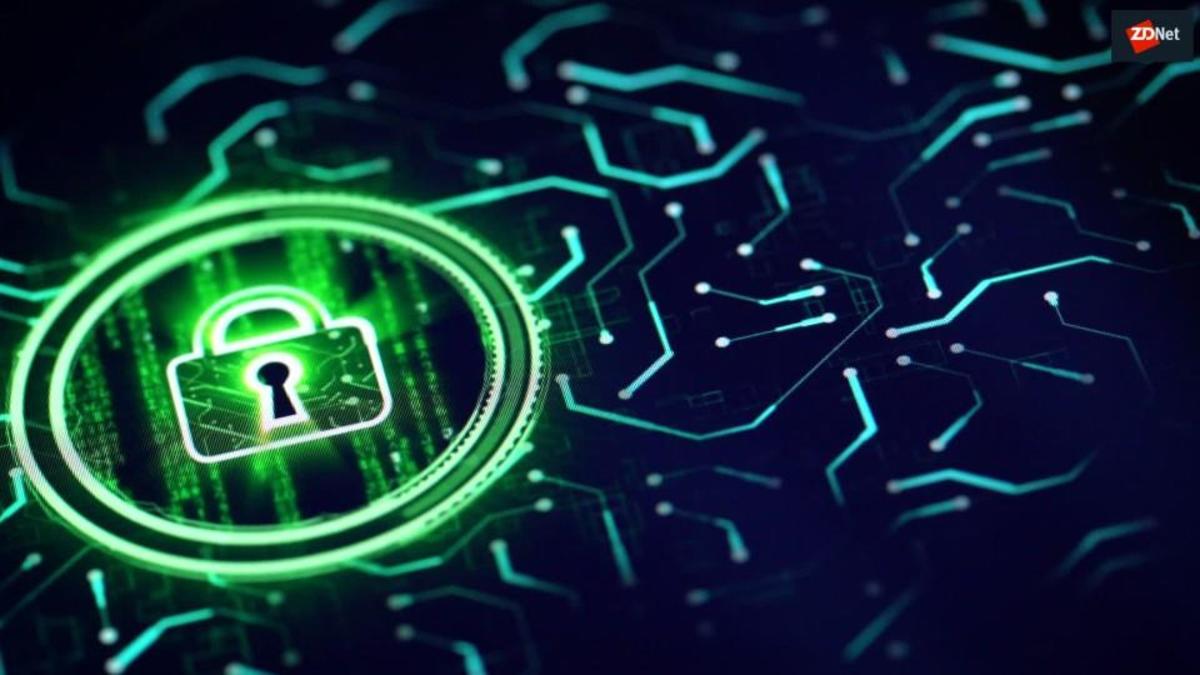With more people now storing personal information including financial details on their devices, it has become important to protect ourselves from internet fraudsters scouting the cyber space to gain access to private files and documents.
One of the numerous ways the fraudsters can gain access to our files and documents is by attacking our devices.
- Kano tomato, onion farmers, marketers lose big as blockade persists
- Kidnappers proposed to marry us — Freed schoolgirls
They also do that by trying to gather our personal information from an infected or malicious website we visit, even if only once. So, the best way to dodge fraudsters’ monitoring is to avoid malicious websites in order not to fall victim.
Here are some tips on how to remain safe:
Explicit websites
Millions of people visit explicit sites daily, so you should be mindful of which ones you click on and browse. Many of them are infected with malware, knowing that plenty of unsuspecting customers are going to click on it by virtue of the promised content.
This malware could erase all of the data on your devices, infect them, or make you a victim of a ransomware attack.
Email attachments from someone you do not know or trust
Email attachments alone can be infected with viruses that can do all sorts of damage to your devices. As such, do not ever download anything from someone you do not know, and proceed with caution if you receive an email that looks suspicious from someone you do know. Emails can get hacked, which will send emails to everyone on your list.
If your company accepts unsolicited emails from potential clients or the public, make sure they paste all materials in the body of the emails.
Video downloading sites
If you are dying to watch the latest Nollywood movies but you are not out to purchase them legitimately yet, you may find yourself going down a rabbit hole trying to find a link where you can watch the film for free.
Many of these sites offer links to click, and they are likely not legitimate. Instead, their sole purpose is to infect your computer with malware or download your data.
Websites that are too good to be true
Does the website which you are about to click on offer you authentic Gucci handbags for $5? Does it offer you free access to cable television? Will it give you the newest book in series for free in a PDF file?
You have heard the old saying that “if it looks too good to be true, it probably is.” The same applies to websites. If it looks too good to be true, you have probably stumbled upon a dangerous website.
Things to look for in a secure website
When visiting a website that asks for sensitive information such as credit card number or your social security number, the first step you should take in securing your privacy is creating a strong password. Equally important is verifying that any information you enter on this site is transmitted and stored properly. Once your information is entered online, it is transmitted as plain text for anyone to intercept. To avoid this, make sure that the website is encrypted over a secure connection.
HTTPS
One such sign to look for is in the URL of the website. A secure website’s Uniform Resource Locator (URL) should begin with “https” rather than “http”. The “s” at the end of “http” stands for secure and is using a Secure Sockets Layer (SSL) connection. Your information will be encrypted before being sent to a server.
- The lock icon
Another sign to look for is the “lock” icon that is displayed somewhere in the window of your web browser.
Be sure to click on the “lock” icon to verify that a website is trustworthy. Do not simply look for the icon and assume a website is secure. Your web browser will have detailed information on the website’s authenticity if you click on the icon, so be sure to read this carefully before entering any of your information on the site.
Protecting yourself from dangerous websites
The best way to protect yourself from dangerous websites is to know how to detect them so that you do not click on them.
Here are the most prevalent tell-tale signs of a threatening website and some ways that you can protect yourself:
Never click on a link embedded in an email. Even if sent from someone you trust, always type the link into your browser.
Use common sense
Does a website look strange to you? Is it asking for sensitive personal information? If it looks unsafe, do not take the risk.
Look for signs of legitimacy. Does the website list contact information or some signs of a real-world presence. If doubtful, contact them by phone or email to establish their legitimacy.
Read the URL carefully. If this is a website you frequent, is the URL spelled correctly? Often times, phishers will set up websites almost identical to the spelling of the site you are trying to visit. An accidental mistype may lead you to a fraudulent version of the site.
Check the properties of any links. Right-clicking a hyperlink and selecting “Properties” will reveal the true destination of the link. Does it look different from what it claimed to lead you to?
Using a web filter
A web filter is the closest thing you’ll get to a list of dangerous sites. However, instead of having to look through the list, the web filter software simply blocks you from accessing them.
There are lots of web filters you can purchase or download for free that will prohibit you or members of your family from opening any questionable sites.
Most have varying levels of blocking power, so you can block all unsafe sites that might include malware, or block just porn sites, or gambling sites, or anything else that falls under a specific category deemed inappropriate or dangerous; all web filters work a little differently.
Do not guess the address of a website
This is a big reason people land on dangerous websites without much effort at all. If you’re not absolutely sure how to spell the URL to the website you want to go to, search for it in a search engine.
What happens here is that you try typing the correct URL but end up a letter or two off, or you enter the wrong top-level domain. Sometimes, an incorrect URL points you to a real website, just not the one you want.
The similarly spelled site may be full of ads or malware, or it may look a lot like the site you were wanting to get on, but instead of letting you log in to your bank, email, social media profile, etc., it might collect your password and then steal your information.
When in doubt, just do a quick search for the site on Google or another search engine to find the real URL.
Check the URL for issues
Another way to know if you should avoid a particular website is to check the URL for issues. There are two things to look for:
The first is simply problems with the way the URL is spelled. Whether you entered the URL manually or clicked it from a search engine, always do a quick check once the page is fully loaded to make sure the URL looks normal.
For example, if you intended to visit Facebook.com but you see that the URL has a letter or two missing or added, it’s clear that you’re in fact not on the Facebook site you wanted to be on. Like you read above, some dangerous sites like to use similar addresses to fool you into downloading or buying something.

 Join Daily Trust WhatsApp Community For Quick Access To News and Happenings Around You.
Join Daily Trust WhatsApp Community For Quick Access To News and Happenings Around You.

